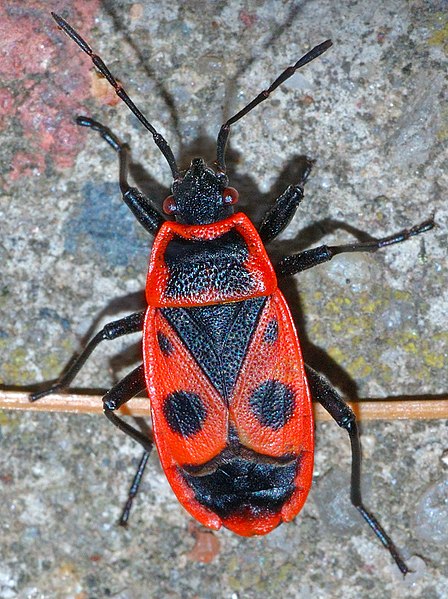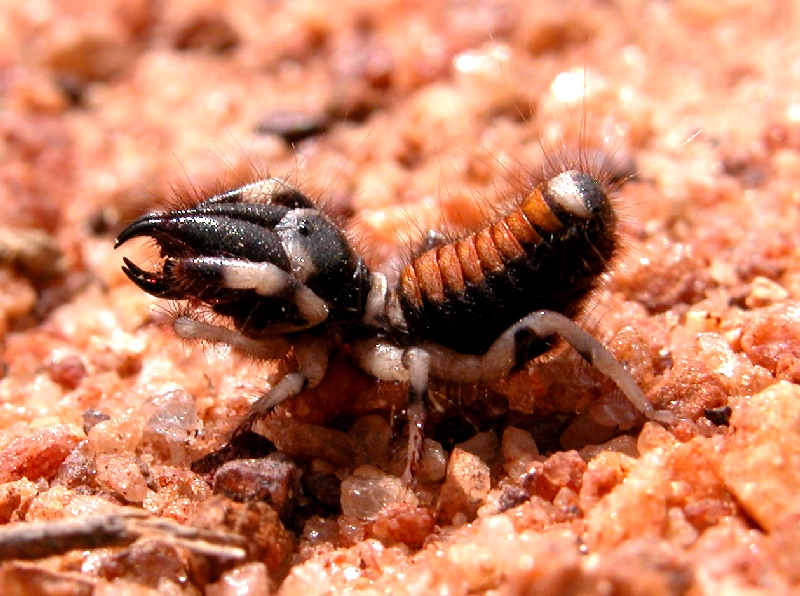Over 900 of the world’s 40,000+ spider species are commonly known as tarantulas (family Theraphosidae). Among them we find a staggering diversity of sizes, colors, and lifestyles, and many species that make interesting, long-lived pets. In the early 1980’s, I had the chance to work with the huge collection of a long-time friend, now a noted arachnologist. Several species in that collection were (and remain) little known in the hobby or zoos.
Today, a wide variety of pet tarantulas, including such long-time favorites as the Mexican Red Leg (Brachypelma), Chilean Rose-Haired (Grammostola), Pink Toed (Avicularia) and the massive Goliath Bird-eating Tarantula (Theraphosa blondii), are now regularly bred by hobbyists. The key to success with tarantulas is an understanding of their lives in the wild. Following is an overview; please remember that tarantulas are an extraordinarily diverse group, so details will vary. Please post below for information on individual species.
Unique Characteristics
While the fangs, or chelicerae, of typical spiders move from side-to-side when grasping prey, those of tarantulas are employed in a downward strike. Tarantulas are also distinguished from other spiders by their unusual respiratory organs, known as book lungs, and by the presence of 2 claws and adhesive pads on the tips of the legs. The defensive, urticating hairs of New World species are also unique among spiders (please see “Handling”, below).
One typically sees tarantulas referred to as “primitive” spiders, but they quite successful (please see “Range and Habitat”), and may be the dominant invertebrate predators in many environments.
Females of several species may live into their 30’s, while males rarely exceed 1- 4 years of age. Read More »
 That Reptile Blog – Reptile, Amphibian and Exotic Pet Care and Information
That Reptile Blog – Reptile, Amphibian and Exotic Pet Care and Information



 Windscorpions give pause to even die hard Arachnid fans – their formidable chelicerae (jaws) are disproportionately large, and they move with unbelievable speed. These odd Arachnids (Order Solifugae), which are neither scorpions nor spiders, are not easy to keep. However, if you are a serious Arachnid keeper looking for a new challenge, Windscorpions are definitely worth a closer look.
Windscorpions give pause to even die hard Arachnid fans – their formidable chelicerae (jaws) are disproportionately large, and they move with unbelievable speed. These odd Arachnids (Order Solifugae), which are neither scorpions nor spiders, are not easy to keep. However, if you are a serious Arachnid keeper looking for a new challenge, Windscorpions are definitely worth a closer look. Windscorpions must be kept dry, and they need a great deal of room – more than twice that of similarly-sized scorpions and spiders. A secure, undisturbed environment, stocked with
Windscorpions must be kept dry, and they need a great deal of room – more than twice that of similarly-sized scorpions and spiders. A secure, undisturbed environment, stocked with